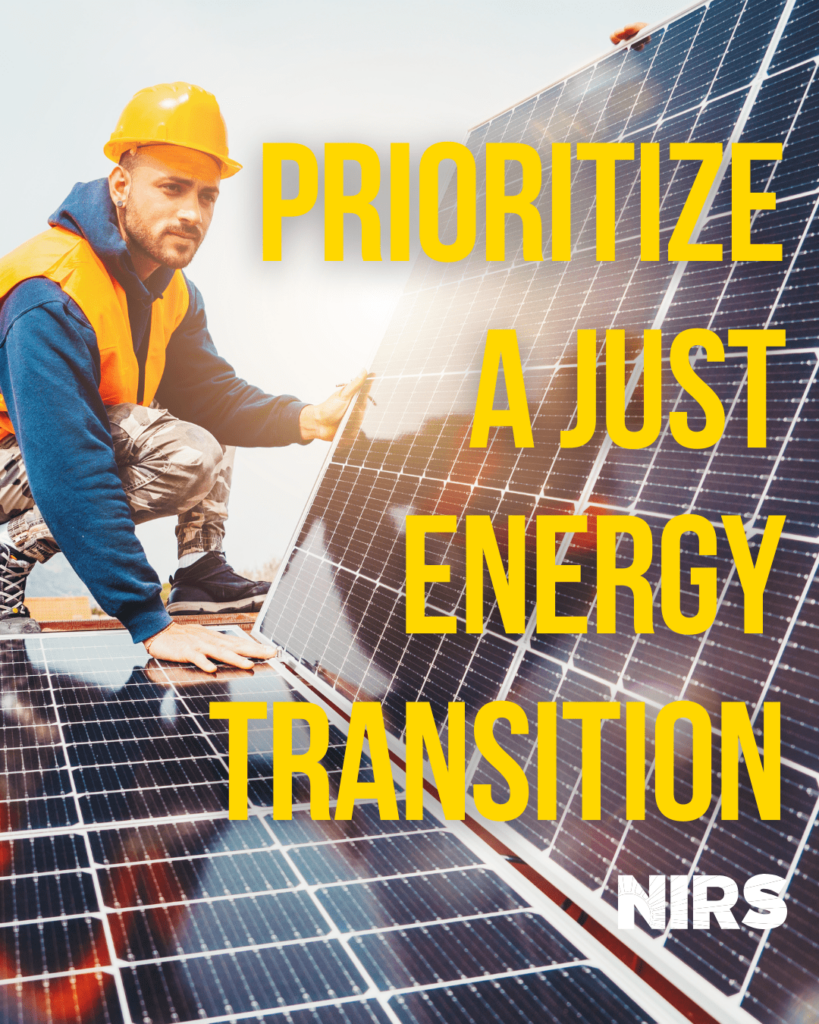
Maryland’s only nuclear power plant, Calvert Cliffs, is operating on borrowed time. With Unit 1 at 50 years old and Unit 2 at 48, these reactors have already exceeded the typical lifespan for nuclear facilities. Most reactors worldwide shut down before reaching this age due to:
❌ Structural damage & equipment failure
❌ Costly regulatory upgrades
❌ Unprofitable economics
Once one reactor closes, the other won’t be far behind. Yet Maryland has no clear plan for phasing out and replacing this significant energy source, leaving the state vulnerable to a future energy crisis.
New Reactors? Not a Realistic Option
Some policymakers argue that new nuclear reactors could replace Calvert Cliffs, but the reality is that nuclear expansion is neither feasible nor affordable. The facts speak for themselves:
Building new nuclear plants takes at least a decade—Georgia’s Vogtle reactors took 18 years from approval to operation.
Small modular reactors (SMRs), once touted as the future of nuclear, remain an unproven technology:
No SMR designs are approved in the U.S.
Demonstration projects are still years away from construction.
Utilities and even the Department of Energy’s Loan Programs Office see them as even less financially viable than large reactors like Vogtle 3 and 4.
Despite these roadblocks, the DOE is doubling down on the AP1000 reactor design—the only commercial nuclear option left. However, severe cost overruns and supply chain issues make it a non-starter for Maryland’s energy future.
Maryland’s Renewables Lag—But They Don’t Have To
Maryland should be leading the charge on renewable energy, but political obstacles and Exelon’s dominance have stalled the development of wind and solar projects and grid modernization efforts. Meanwhile, other states are proving what’s possible with aggressive investment in clean energy:
Texas added 22 million MWh of wind & solar in 2022—more than one-third of Maryland’s total electricity use.
California deployed 3,000 MW of battery storage in just six months, stabilizing the grid amid record-breaking heat waves.
The truth? Nuclear isn’t “thinking outside the box”—it’s a delay tactic that props up legacy energy interests. Instead of pouring billions into risky, outdated nuclear technology, Maryland must commit to a bold, forward-thinking plan that prioritizes wind, solar, and battery storage.
A Call to Action
Maryland has a choice: continue propping up aging and unsafe nuclear infrastructure or embrace the renewable energy revolution. The state must develop a clear roadmap for phasing out Calvert Cliffs alongside fossil fuels, while scaling up true renewables.
We don’t need more delays. We need action now.
Join us in demanding a renewable future for Maryland. It’s time to move beyond nuclear and invest in the clean, safe energy solutions that will power our communities for generations to come.



